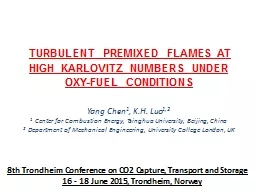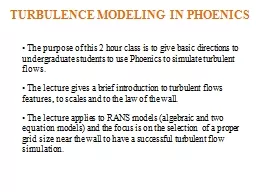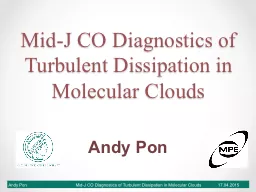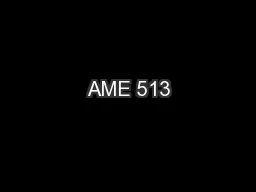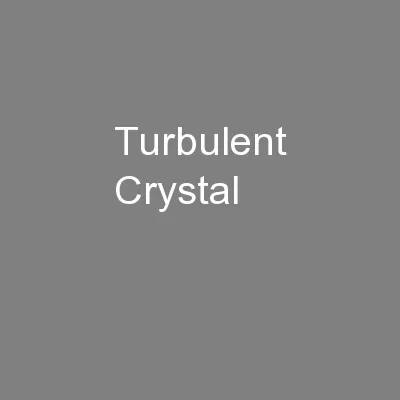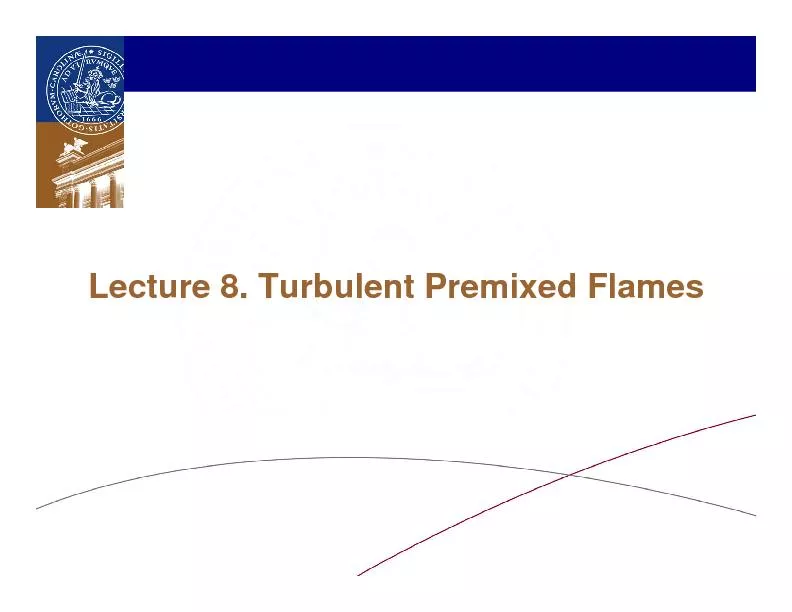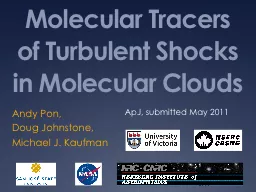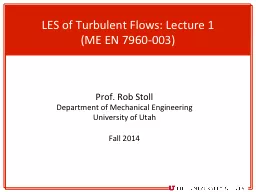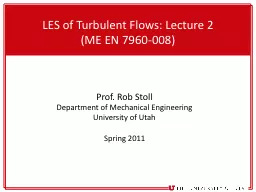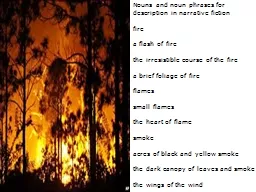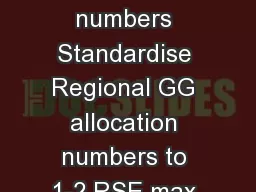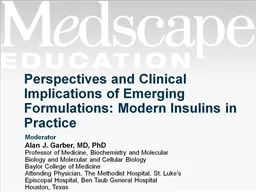PPT-TURBULENT PREMIXED FLAMES AT HIGH KARLOVITZ NUMBERS UNDER
Author : olivia-moreira | Published Date : 2016-04-19
Yang Chen 1 KH Luo 12 1 Center for Combustion Energy Tsinghua University Beijing China 2 Department of Mechanical Engineering University College London UK
Presentation Embed Code
Download Presentation
Download Presentation The PPT/PDF document "TURBULENT PREMIXED FLAMES AT HIGH KARLOV..." is the property of its rightful owner. Permission is granted to download and print the materials on this website for personal, non-commercial use only, and to display it on your personal computer provided you do not modify the materials and that you retain all copyright notices contained in the materials. By downloading content from our website, you accept the terms of this agreement.
TURBULENT PREMIXED FLAMES AT HIGH KARLOVITZ NUMBERS UNDER: Transcript
Download Rules Of Document
"TURBULENT PREMIXED FLAMES AT HIGH KARLOVITZ NUMBERS UNDER"The content belongs to its owner. You may download and print it for personal use, without modification, and keep all copyright notices. By downloading, you agree to these terms.
Related Documents

